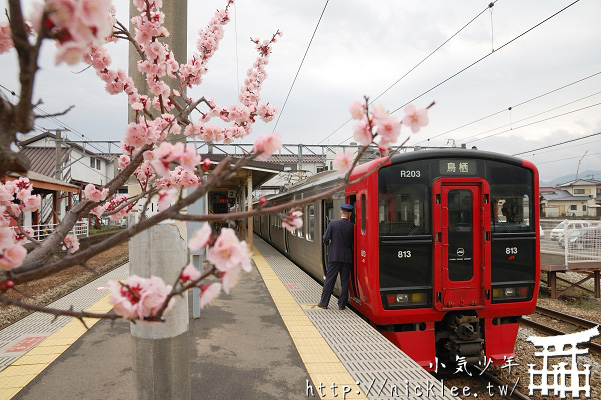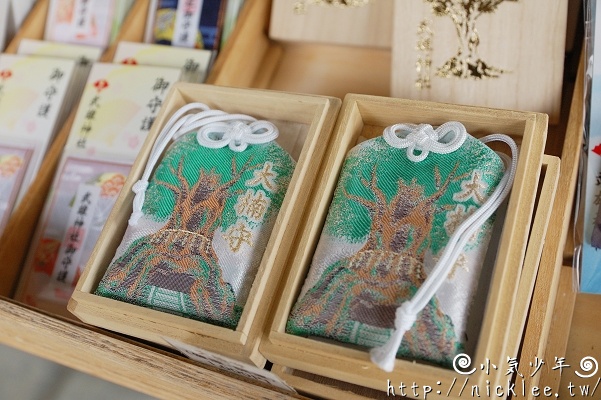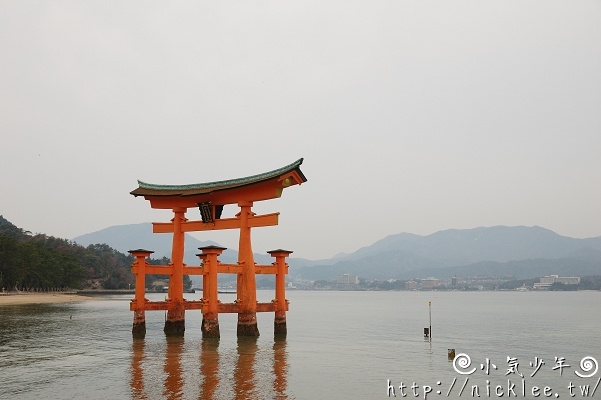Fukuoka transportation, aside from the Shinkansen, is primarily served by four railway companies, namely: JR West, JR Kyushu, Nishi-Nippon Railroad (commonly known as Nishitetsu), and Fukuoka City Subway. Among these, Nishitetsu and JR (West and Kyushu) mainly handle the transit within the city and its suburbs. However, JR centers around Hakata Station, while Nishitetsu centers around Nishitetsu Fukuoka (Tenjin) Station. Fukuoka City Subway is mainly responsible for the transportation within Fukuoka city area only. The connection to Fukuoka Airport is provided by the Fukuoka City Subway.
Sanyo Shinkansen and Kyushu Shinkansen
The Fukuoka region is served by two Shinkansen lines: the Sanyo Shinkansen and the Kyushu Shinkansen, which are operated by two different railway companies, with Hakata acting as the dividing point. The Sanyo Shinkansen runs from Shin-Osaka to Hakata and is operated by JR West, while the Kyushu Shinkansen extends from Hakata to Kagoshima-Chuo and is operated by JR Kyushu. This clarification is helpful to avoid confusion, similar to the common mix-ups between the Shinkansen services from Kyoto to Shin-Osaka and from Hakata to Kokura.
Kyushu Shinkansen – Tsubame

JR West Japan
The Hakata-Minami Line originally served as a connector route for Sanyo Shinkansen trains reaching Hakata Station, facilitating their return to the Hakata Comprehensive Vehicle Depot. It wasn’t initially intended for passenger service; however, due to local residents’ demands, it became the only conventional line (zairaisen) operated by JR West in the Kyushu region. Interestingly, Shinkansen trains are used for this line’s service, but their speed is capped at under 120 km/h. As a result, the Hakata-Minami Line operates as a special express service with all seats unreserved.
The total fare for this service is just ¥330 (with ¥200 for the fare and ¥130 for the express surcharge), making it possibly the most affordable express train (Shinkansen) service in all of Japan.
The Rail Star, originally part of the Sanyo Shinkansen fleet, is currently utilized on the Hakata-Minami Line.

JR KYUSHU
JR Kyushu’s rail network features several important lines, including the Kashii Line, the Sasaguri Line, the Chikuhi Line, and the Kagoshima Main Line, with the Kagoshima Main Line being a key arterial route.
■ Kagoshima Main Line: It is divided into two sections. The first section starts from Mojiko in Kitakyushu City, passes through Hakata Station, and continues south to Yatsushiro. The second section runs from Sendai to Kagoshima. The segment between Yatsushiro and Sendai is operated by the Hisatsu Orange Railway (a private railway).
■ Kashii Line: Extends from Saitozaki in Fukuoka City’s Higashi Ward to Umi, with the section between Saitozaki and Kashii referred to as the Sea Middle Road Line (Umi no Nakamichi Line).
■ Sasaguri Line: Also known as the Fukuhoku Yutaka Line, it runs from Yoshizuka in Fukuoka City’s Hakata Ward to Kurosaki.
■ Chikuhi Line: This line is divided into two segments. The first segment runs from Meinohama in Fukuoka City’s Nishi Ward to Karatsu in Saga Prefecture. This segment also has through services with the Fukuoka City Subway Airport Line, extending as far as Nishi-Karatsu Station. The second segment goes from Yamamoto in Saga Prefecture to Imari.
JR Kyushu Limited Express – Ariake

Nishi-Nippon Railroad
Nishi-Nippon Railroad, also known as Nishitetsu, mainly operates four routes: the Tenjin Omuta Line, the Dazaifu Line, the Amagi Line, and the Kaizuka Line.
■ The Tenjin Omuta Line: From Nishitetsu Fukuoka (Tenjin) in the Chuo district of Fukuoka City, it extends south to Omuta in the same prefecture.
It serves as one of the primary railways crossing the northern and southern areas of Fukuoka Prefecture, connecting with various railway companies along its route.
At Nishitetsu Fukuoka, connections can be made to the Fukuoka City Subway’s Airport Line at Tenjin and the Nanakuma Line at Tenjin South.
At Yakuin, a transfer is available to the Fukuoka City Subway Nanakuma Line.
At Nishitetsu Futsukaichi, it interconnects with the company’s Dazaifu Line, and at Miyainojo, it connects with the Amagi Line.
At Nishitetsu Ogori, a transfer is possible to the Amagi Railway (a private railway).
At Omuta, connections to the JR Kagoshima Main Line are available.
■ The Dazaifu Line: Running from Nishitetsu Futsukaichi to Dazaifu, it is the primary means of transportation for visitors heading to the Dazaifu Tenmangu Shrine. The Dazaifu Line connects with the Tenjin Omuta Line at Nishitetsu Futsukaichi and is also within walking distance to JR Futsukaichi Station for transfers.
■ The Amagi Line: Extends from Miyainojo in Kurume City to Amagi in Asakura City. At Amagi Station, transfers can be made to the Amagi Railway.
■ The Kaizuka Line: Stretches from Kaizuka in Fukuoka City’s Higashi Ward eastward to Nishitetsu Shingu. At Kaizuka Station on the Kaizuka Line, transfers can be made to the Fukuoka City Subway Hakozaki Line at Kaizuka Station. At Wajiro Station, transfers are available to the JR Kashii Line.
Nishitetsu – Dazaifu Line’s local trains

Fukuoka City Subway
The Fukuoka City Subway features three main lines: the Airport Line, the Hakozaki Line, and the Nanakuma Line.
■ Airport Line: The Airport Line is one of the essential means of transportation to Fukuoka Airport. It runs from Meinohama through Tenjin and Hakata areas, terminating at the Domestic Terminal of Fukuoka Airport (station named: Fukuoka Airport). The Airport Line has through service with the JR Chikuhi Line at Meinohama Station. In Tenjin, transfers can be made to the Nanakuma Line at Tenjin-Minami or to the Nishitetsu Tenjin Omuta Line at Nishitetsu Fukuoka. At Nakasu-Kawabata, transfers are available to the Hakozaki Line.
■ Hakozaki Line: This line runs from Nakasu-Kawabata to Kaizuka, where a transfer to the Nishitetsu Kaizuka Line is possible.
■ Nanakuma Line: Extending from Tenjin-Minami to Hashimoto, at Tenjin-Minami, it’s possible to transfer to the Airport Line at Tenjin and to the Nishitetsu Tenjin Omuta Line. A transfer is also available at Yakuin with the Nishitetsu Tenjin Omuta Line.
Furthermore, the Nanakuma Line has been undergoing extension works, adding two more stations: “Kushida Shrine Mae” and “Hakata,” which opened on March 27, 2023.
This extension allows for convenient transfers within Hakata Station. For more detailed information, refer to the official website.
Fukuoka City Subway

(This picture is obtained from Wikipedia)
The following is a diagram from the official website of the Fukuoka City Subway.

Fukuoka City Subway Map

Finally, this is a schematic diagram of the railway in the Fukuoka area. Please refer to this diagram when reading the article.

Above is a brief introduction to transportation in Fukuoka – the railway section.
References
■ Fukuoka City Transportation Bureau
■ Nishi-Nippon Railroad
■ JR Kyushu
■ JR West
『Original Source:https://nicklee.tw/1232/』





